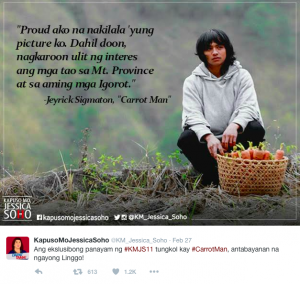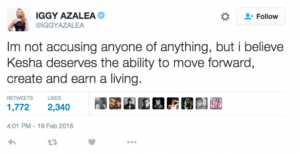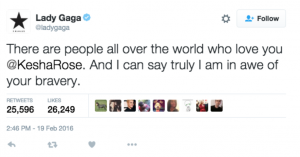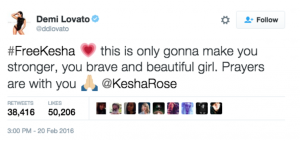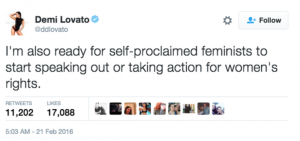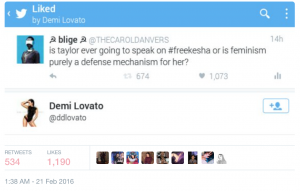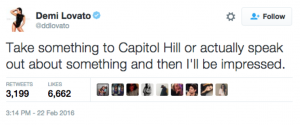By NYAH TENNELL
Police brutality and the use of excessive force is a major social and political issue, particularly with our nation on the brink of electing a new president. The coverage by the news media of incidents of brutality has caused major disruptions from coast-to-coast, and has many Americans on edge.
Police brutality is not a new phenomenon. If you ask a publisher or editor at one of the country’s African-American newspapers, she or he would tell you they’ve been covering these cases for a long time.
“We’ve been in business for 130 years,” said Robert Bogle, President and CEO of The Philadelphia Tribune. Tracey Williams-Dillard of the Minnesota Spokesman-Recorder, another African-American newspaper, said “It not only feels like there’s more coverage, there is more coverage. It’s not a perception, it’s definitely real,” According to an article written by Eliott C. McLaughlin of CNN, we’re just seeing more mainstream media coverage thanks to cell phones.
Cellphone videos captured by on-the-scene eyewitnesses have brought many stories into the light that, otherwise, would have been swept under the rug. Once the video hits the mainstream, usually via social media forums, journalists can then provide follow-up. Citizens, now armed with evidence, demand accountability and pursue justice.
Black newspaper executives feel that videos lend credibility not only to black victims’ versions of events in specific situations, but also to their versions of events historically. Where a victim’s race could affect a story’s perceived veracity, video permits no such prejudice.
Not only are we in a better position to capture video of police misconduct today, we’re also better equipped to disseminate the footage via social media.
However, news organizations may not be giving the same level of scrutiny, context and analysis to the various groups who face violence at the hands of police.
When you think of police brutality in the U.S., you think of black males being brutalized; however, black females have been victimized as well. According to an article written by Meredith Clark in USAToday, “black and brown women and girls are additionally brutalized in ways that men often aren’t,” says Clark. “And the data shows that police incidents involving women of color occur at a disproportionately high level compared with media coverage.”
More than 20 women of color have been killed in police-related incidents including Sandra Bland, who died in police custody in Texas on July 13, 2015.
Additionally, there are many who criticize the under-representation of incidents of police brutality at the top English-language networks. An article in the Huffington Post Feb. 24, 2015, raised the question of how major television networks cover police violence cases in which the victims are Hispanic. For example, Antonio Zambrano-Montes, a Mexican migrant worker, who was shot and killed by police officers on Feb. 10, 2015 in Pasco, Washington, gained coverage by Univision, the top-rated Spanish-language channel numerous times. However, the case was not portrayed with the same ferocity by Fox News or CNN, the two leading national news channels.
I am sure that the news media would prefer not to continuously inundate the public with tale after tale of police brutality, as it is an unfortunate reality and construct of our society and justice system.
The question is: Which story is more worthy of attention and, most importantly, why?






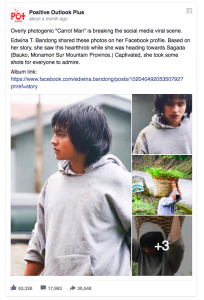 o help his parents support his six other siblings.
o help his parents support his six other siblings.